1 Usability of asphalt concrete Mixed with Waste plastic/Carbon black/Steel slug/ Textile Waste
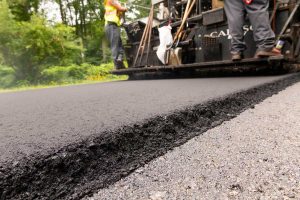 R&D division has carried out research based mix designs mixing industrial waste with asphalt. The aim of these researches was to give a solution to problems faced by the Industries when disposing of their industrial by-products and waste. As a pilot road project, a section of the Borupana road has been laid using a mix that contains waste plastic and the performance is being monitored.
R&D division has carried out research based mix designs mixing industrial waste with asphalt. The aim of these researches was to give a solution to problems faced by the Industries when disposing of their industrial by-products and waste. As a pilot road project, a section of the Borupana road has been laid using a mix that contains waste plastic and the performance is being monitored.













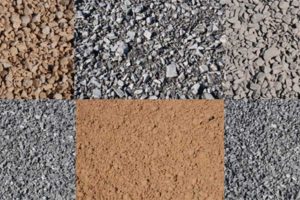 This particular research is carried to find the applicability of the use of limestone in asphalt concrete. In areas such as the Jaffna peninsula where the available aggregate source is the only limestone, aggregate has to be transported from elsewhere. In this research, it was found that the VMA criteria which cannot be achieved using only limestone can be achieved when it is mixed with 50% of crushed granite.
This particular research is carried to find the applicability of the use of limestone in asphalt concrete. In areas such as the Jaffna peninsula where the available aggregate source is the only limestone, aggregate has to be transported from elsewhere. In this research, it was found that the VMA criteria which cannot be achieved using only limestone can be achieved when it is mixed with 50% of crushed granite.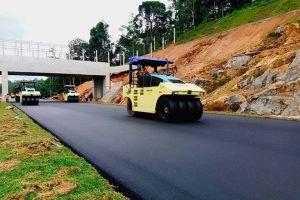 The research was carried out to study the relationship between compaction and asphalt mix temperature at the time of compaction, and the degree of compaction variation with the temperature before compaction.
The research was carried out to study the relationship between compaction and asphalt mix temperature at the time of compaction, and the degree of compaction variation with the temperature before compaction.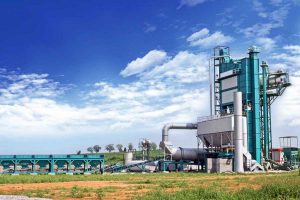 This research was carried out to study the aggregate quality degradation which occurs inside the Asphalt Plants due to overheating. It was concluded that overheating beyond 180c significantly reduces the AIV and LAAV parameters of aggregate.
This research was carried out to study the aggregate quality degradation which occurs inside the Asphalt Plants due to overheating. It was concluded that overheating beyond 180c significantly reduces the AIV and LAAV parameters of aggregate.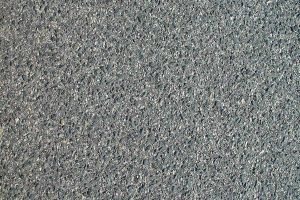 Bitumen aging is one of the main reasons for the cracking of asphalt. When the bitumen ages it loses its tensile properties and becomes brittle. The aged asphalt is highly susceptible to cracking. To study the aging behavior with time, bitumen was extracted using a rotary evaporator and checked for their properties.
Bitumen aging is one of the main reasons for the cracking of asphalt. When the bitumen ages it loses its tensile properties and becomes brittle. The aged asphalt is highly susceptible to cracking. To study the aging behavior with time, bitumen was extracted using a rotary evaporator and checked for their properties.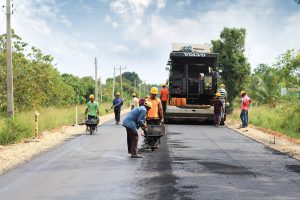
 Research is being carried out to find the applicability of a cold mix asphalt wearing course. It is proposed to carry out a pilot project in Kuyliyapitiya-Pandiwela road with a Cold Mix asphalt wearing course. A successful mix was engineered after conducting research on the properties variation with the compaction and the allowed breaking time at R&D division Ratmalana. The final mix contained 6% emulsion which accounts for 3.6% bitumen and satisfied the specification requirements. The mix lacks fine aggregates and therefore the final mix tends to be coarser, hence low bitumen content is used for the mix. Employing cold mix asphalt is cost and energy-efficient. The manufacturing process of cold mix asphalt is comparatively simpler than that of hot mix asphalt.
Research is being carried out to find the applicability of a cold mix asphalt wearing course. It is proposed to carry out a pilot project in Kuyliyapitiya-Pandiwela road with a Cold Mix asphalt wearing course. A successful mix was engineered after conducting research on the properties variation with the compaction and the allowed breaking time at R&D division Ratmalana. The final mix contained 6% emulsion which accounts for 3.6% bitumen and satisfied the specification requirements. The mix lacks fine aggregates and therefore the final mix tends to be coarser, hence low bitumen content is used for the mix. Employing cold mix asphalt is cost and energy-efficient. The manufacturing process of cold mix asphalt is comparatively simpler than that of hot mix asphalt.